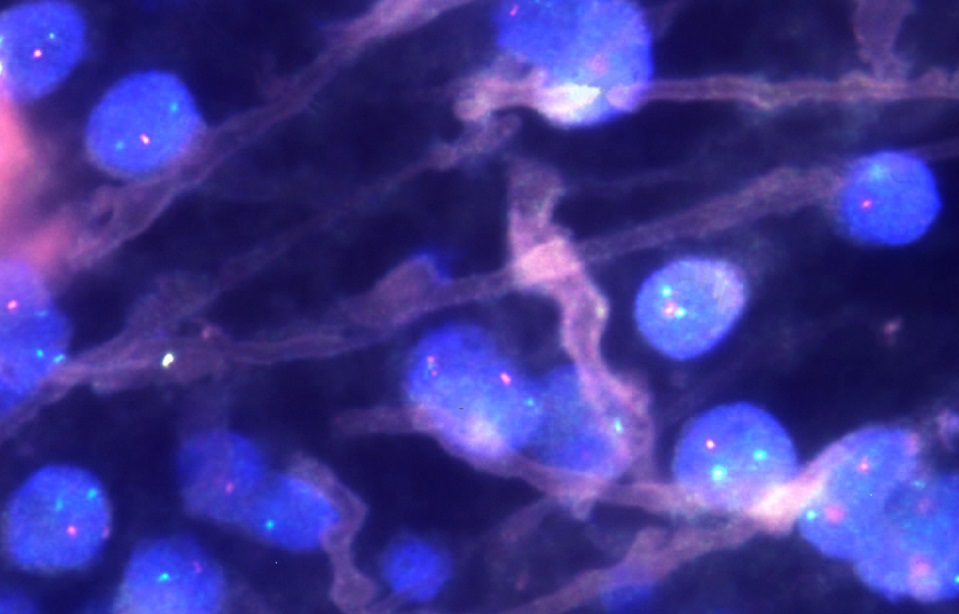
Brain UK study ref: 16/008,
Lay summary,
Project status: Closed
Developing a Biomarker for Spinal Lipoma
Dr Victoria Jones, University College London Institute of Child Health
Lumbosacral spinal lipomas (LSL) are part of the spectrum of spina bifida. In “open” spina bifida the developing spinal cord does not close properly and is not covered with skin. LSLs also form when the spinal cord does not form properly, however, the skin does form over the defect, so LSLs are considered to be “closed” spina bifida. Folate supplements early in pregnancy reduces the risk of open spina bifida but not LSLs – this suggests there is a very different underlying mechanism.
Recent assessment of LSL tissue samples show that although they are called lipomas (this normally refers to a collection of fat cells), in reality there is a diverse range of different cell types present. This has led us to propose a mechanism by which LSLs might develop. There is a group of cells that form with the developing spinal cord called neural crest cells. Recent research has shown that neural crest cells are capable of forming a wide range of different cell types including the fat cells found in LSLs. In this study we will assess archived samples taken from children at time of surgical resection of their LSLs.
We will assess these samples to see if there are any markers of neural crest cells present. If there are this will help guide further research, help us develop a model and hopefully find a way to prevent this disease.
